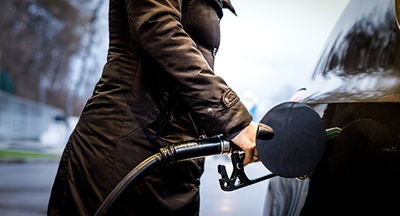Prices may start to edge higher as the cost of oil creeps toward $80 a barrel.
Despite less than stellar domestic demand, the national average for a gallon of gas fell only two cents over the week ending Nov. 30, to $3.24.
The primary culprit is the cost of oil, which is creeping closer to $80 a barrel. Since oil is the main ingredient in gasoline, higher oil costs tend to put upward pressure on pump prices.
“The current streak of daily pump prices either falling or staying flat started on Sept. 19,” said Andrew Gross, AAA spokesperson. “It appears this run is in jeopardy, and we may see prices edge a bit higher. But if the cost of oil eventually hits reverse and dips again, pump prices will likely follow suit. So stay tuned.”
According to new data from the Energy Information Administration (EIA), gas demand ?decreased from 8.48 to 8.21 million b/d over the week. Meanwhile, total domestic gasoline stocks increased by 1.8 million bbl to 218.2 million bbl. Lower gas demand has contributed to limiting pump price increases amid rising oil prices.
The Nov. 30 national average of $3.24 is 26 cents less than a month ago and 26 cents less than a year ago.
Since Nov. 23, these 10 states have seen the largest decreases in their averages: Utah (-16 cents), Indiana (-10 cents), Ohio (-9 cents), Arizona (-9 cents), Wyoming (-8 cents), Michigan (-8 cents), Montana (-8 cents), Colorado (-8 cents), North Dakota (-8 cents) and California (-8 cents).
The nation’s top 10 least expensive markets: Texas ($2.74), Mississippi ($2.76), Oklahoma ($2.76), Georgia ($2.79), Louisiana ($2.81), Missouri ($2.81), Arkansas ($2.82), Alabama ($2.88), Kansas ($2.89) and Iowa ($2.91).










